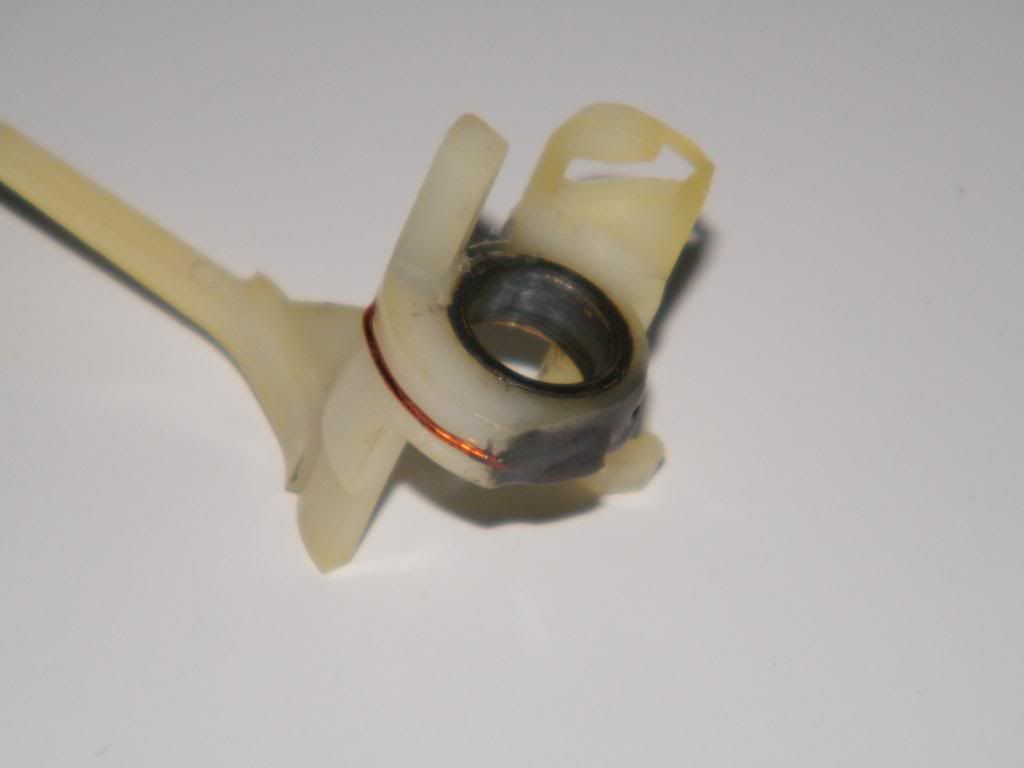Hey Folks, just got myself a 1210 , but have the opportunity to get my hands on a Technics SL-1400 mk2. Anybody got any impressions. The cueing lever is no longer functioning. Apparently this is common enough.
I love the aesthetics of it.
One thing I can't manage to get a pic of is the feet. Are they screw in feet like the 1210.



 Reply With Quote
Reply With Quote Nathan
Nathan












 Originally Posted by phonomac
Originally Posted by phonomac

